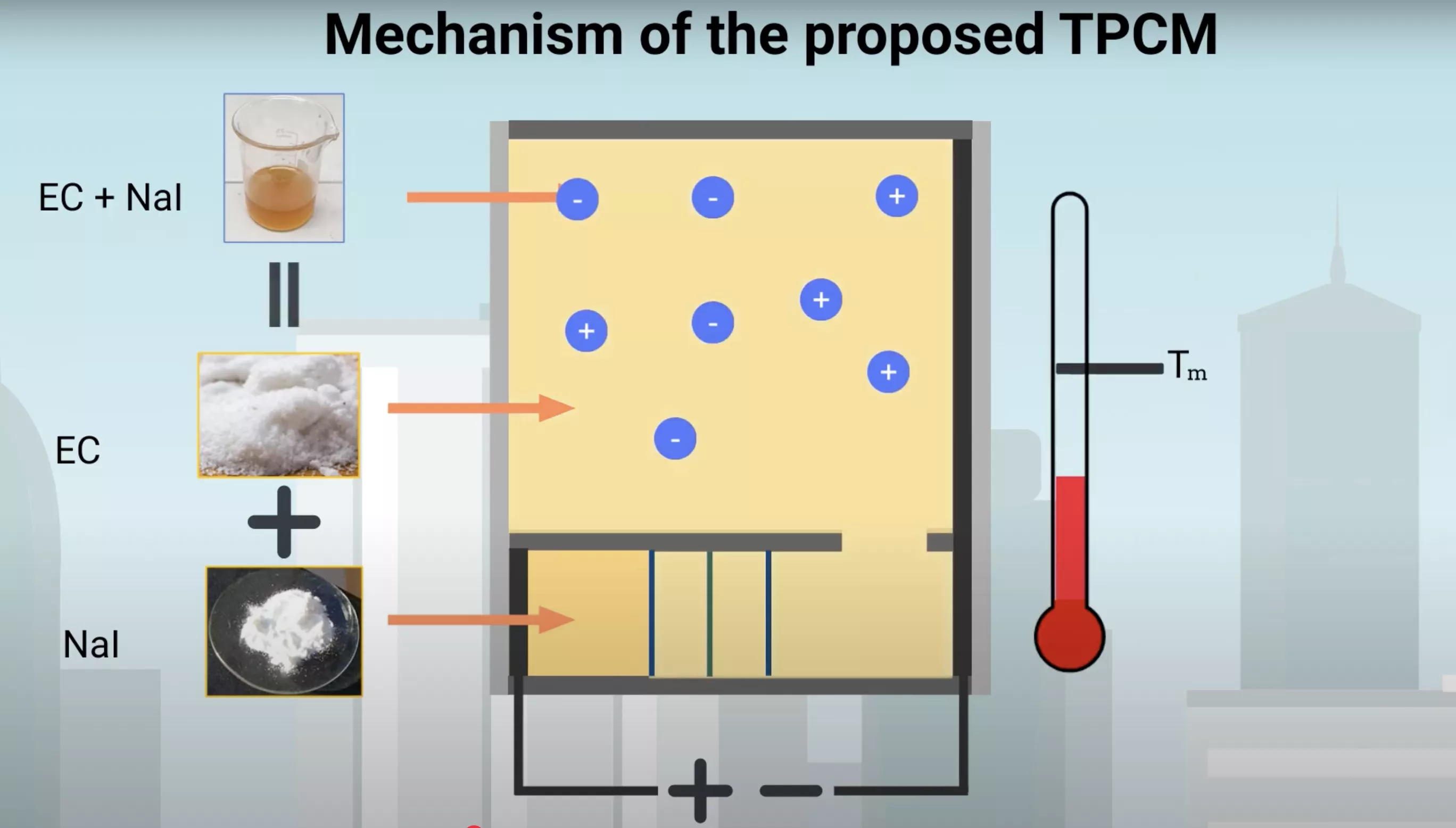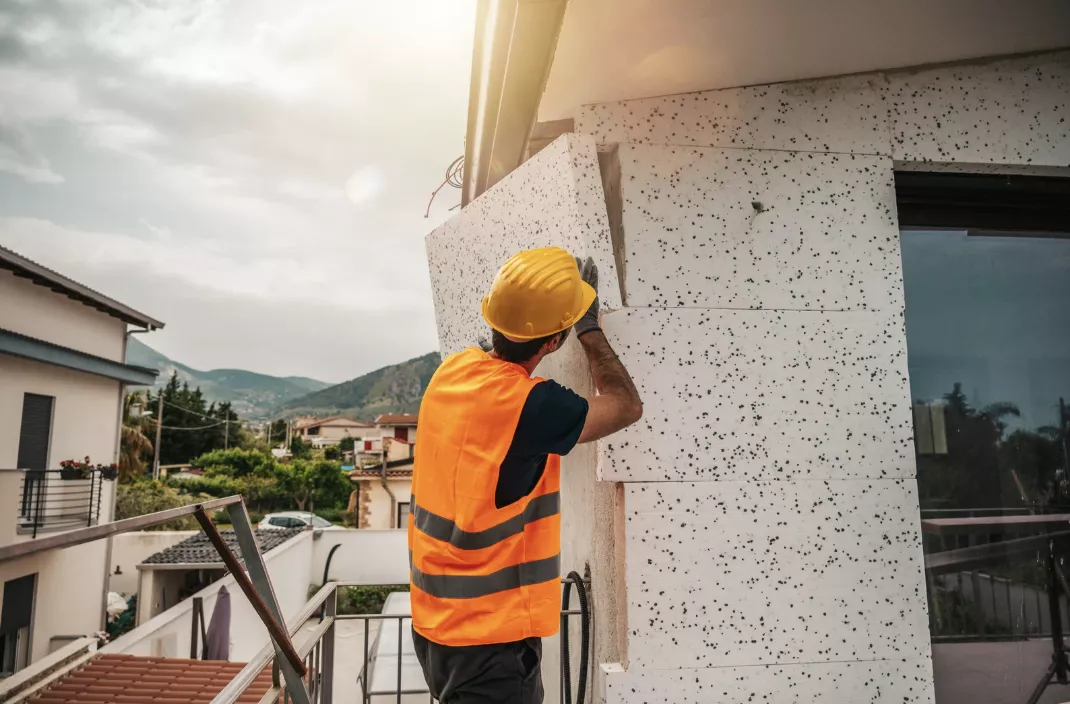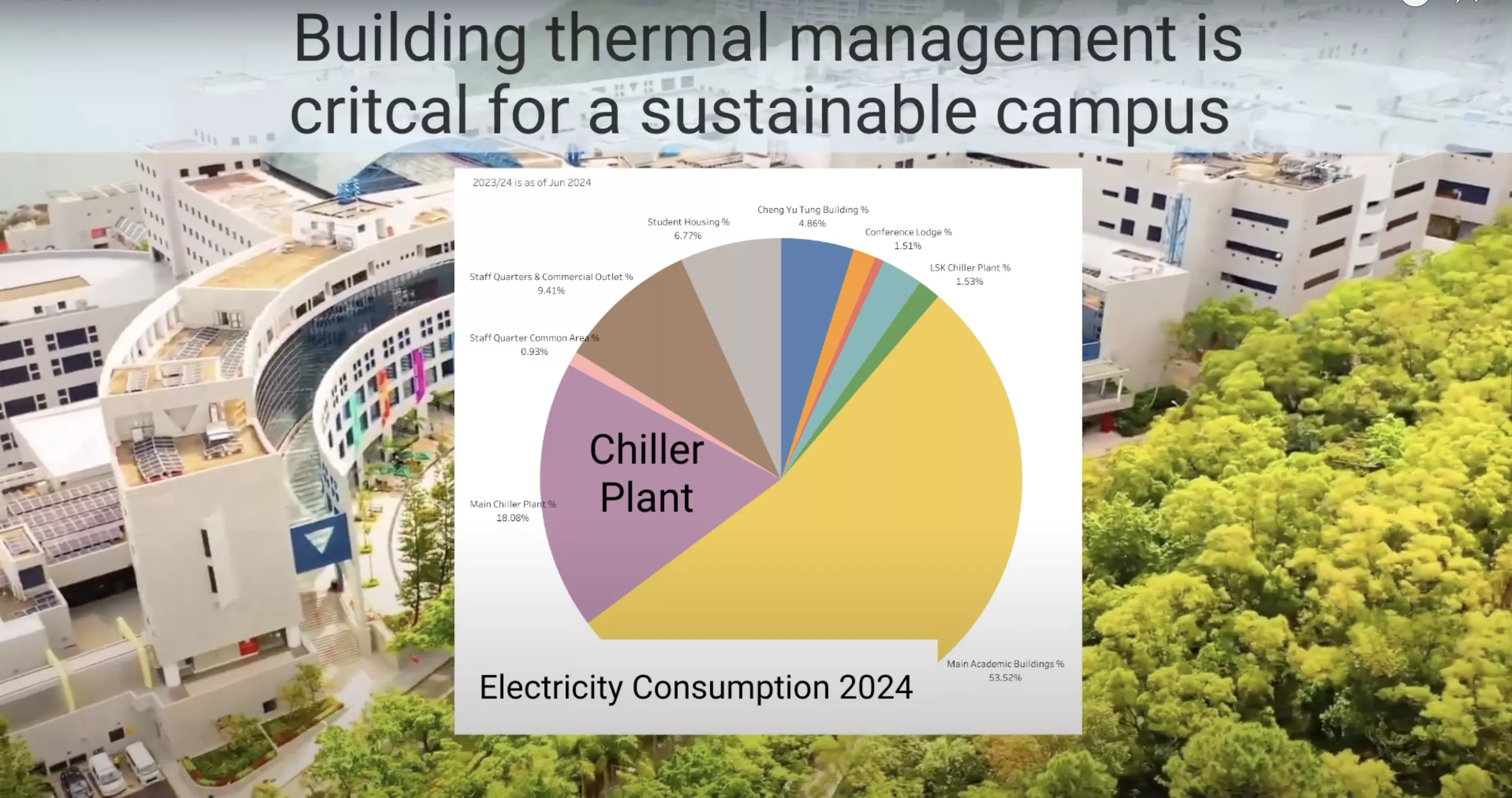Smart radiation-assisted Tunable PCM Dynamic Insulation Wall (rTPDW) for building energy saving and decarbonization

Smart radiation-assisted Tunable PCM Dynamic Insulation Wall (rTPDW) for building energy saving and decarbonization
This project is working on a new kind of wall system for buildings that helps save energy. The wall can "sense" hot and cold weather and adjust itself to keep indoor temperatures comfortable while using less electricity. It combines special materials that store heat, smart insulation that turns on and off as needed, and a cooling layer that reflects sunlight. Tests show it could cut energy use for heating and cooling by up to 19%. This helps make buildings more environmentally friendly while saving money on energy bills.
What is the problem this project is trying to address?
Buildings use a huge amount of energy - in Hong Kong, they're responsible for most of the city's electricity use and carbon emissions. A big part of this goes to air conditioning and heating. Current walls and insulation don't adapt to changing weather, so they waste energy. On hot days, heat sneaks in, making air conditioners work harder. On cold days, warmth escapes. Our smart wall solves this by automatically adjusting to outdoor temperatures to keep buildings comfortable while using much less energy.
How does this project support our sustainable smart campus as a living lab vision?
This smart wall project perfectly aligns with HKUST's mission to create a sustainable, energy-efficient campus. By testing this innovative technology in real campus buildings, turning HKUST into a living laboratory for green solutions. The system will significantly reduce energy waste from heating and cooling, helping lower the university's carbon footprint while saving on electricity costs. It's a practical example of how smart technology can make buildings more environmentally friendly. Students and researchers will benefit from hands-on learning opportunities with this cutting-edge system, while the data collected could help improve building designs across Hong Kong.
What's next?
The project are now processing in lab-testing phrase. After successful lab testing, the project is now entering the real-world validation phase:
- Installing full-scale smart wall panels in selected campus buildings
- Monitoring performance across different seasons and weather conditions
- Measuring actual energy savings compared to conventional walls
- Optimizing the system based on real usage data
Key activities include:
- Selecting ideal test locations (e.g., warehouses, labs)
- Integrating the walls with building management systems
- Training facilities staff on maintenance procedures
- Collecting data to prepare for wider implementation

